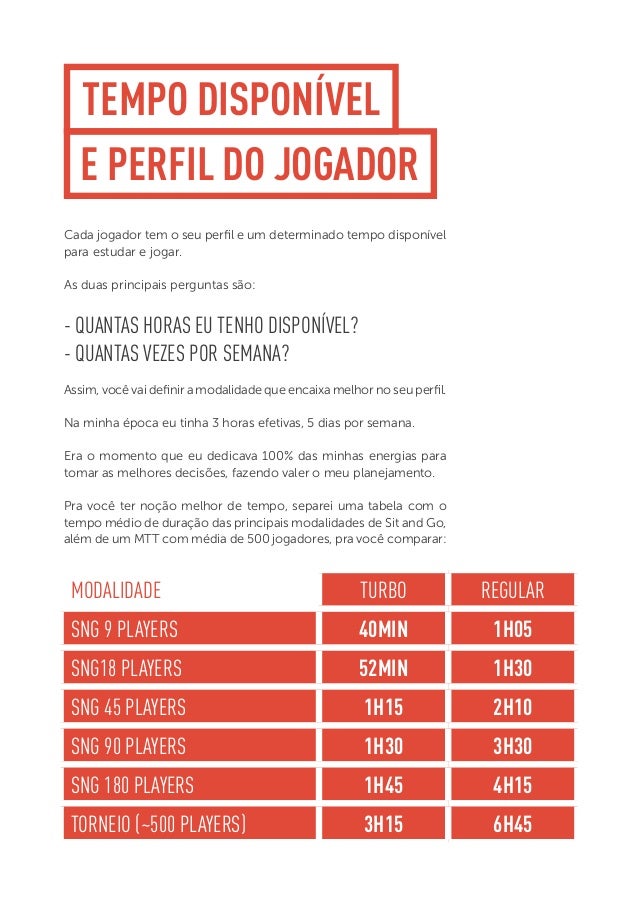Sit And Go Roi
Posted By admin On 03/08/22In general, the top players only make about 5% of the total entry fee of the sit n go played. If we took a player who is used to playing 8 tables at once and dropped them down to 2 tables at a time and their ROI increases, it doesn’t necessarily mean their overall profits would increase. If you are a serious sit and go player, one skill you may be overlooking is bankroll management. Although bankroll management is not the most glorious aspect of the game, successful players all know that maintaining a proper bankroll is the key to avoid going broke. This article will teach you how to properly manage a sit and go bankroll.

Sit And Go Roi Em
Last week in our series of tips for sit & gos — whether playing online poker or live — we discussed heads-up play. This week, we'll wrap up the SNG series with a look at bankroll management.


We'll start by focusing on developing a plan for determining the bankroll size you need to play SNGs. What constitutes a smart bankroll for playing sit & gos? The answer to this question is a function of the amount of risk you are willing to accept.
Number of Buy-Ins
Sit And Go Poker Meaning
I would suggest a bankroll size of at least 100 buy-ins for conservative players who want to give themselves a very small risk of ruin. This includes professional poker players who cannot easily replace their bankrolls.
If instead, you are a serious recreational player who has a source of income that could be used to replenish your bankroll, then you don't need to be so conservative. In this case, that is, if you're on the less conservative side, you can get away with 50 buy-ins.
Meanwhile, if your goal is to just play a few SNGs for fun instead of strategically building a bigger bankroll, then you can play with as few buy-ins as you like. Just be careful not to play with money you cannot afford to lose.
Slight adjustments to these bankroll requirements can be made based on your return on investment (ROI). This is a measure of how profitable you expect to be in future tournaments based on how well you've done in the past.
If you determine that you have a much larger than average ROI, then you can expect to lose less often than most players. If this is the case, you will need fewer buy-ins than most players. The opposite is true as well — i.e., if you have a lower than average ROI, you'll want to have a bigger bankroll.
Feel free to make these adjustments to your bankroll management plan, but be careful not to take it too far and expose yourself to too much risk.
Moving Up or Down
Once you have decided on a bankroll management plan, your current bankroll will tell you at which level you can start. For example, if you have a $1,000 bankroll and want to take a conservative approach with the goal of being a professional player, then you should start at the level for which you have 100 buy-ins. In this case, that would be the $10 level.
If you go on a bad run, you'll need to drop down in stakes until you build your roll back up to around $1,000. For example, if you lose 50 buy-ins, then you will be left with $500. This is not enough to play $10 SNGs professionally. If this happens, you should drop down to play $5 SNGs since you now have 100 buy-ins for that level. If you recover the $500 you lost, then you can move back up.
On the other hand, if you beat the $10 games handedly, you may eventually double your bankroll to $2,000, or 200 buy-ins for the $10 level. It is completely fine if you want to be ultra-conservative and stay at that level despite the bigger bankroll. But if you feel you are ready, you can move up to the $20 SNGs since you now have enough for 100 buy-ins at that level.
That said, moving up when you have the buy-ins to do so is only half of the equation. Generally, the higher levels are tougher than the lower levels. You must also be sure that you have the proper skill set to compete. Do some self-assessment by taking occasional shots at the higher levels to see how they play and determine what new skills you need to acquire.
When deciding whether or not to move up or down, ROI once again becomes a factor. Most likely, your goal when you play poker online for real money is to make the most money you can per tournament. Sometimes, this can be better achieved at a lower level than a higher one even if you are properly rolled to move up.


For example, let's say you've determined that you have a 20 percent ROI at $10 SNGs. This means that you make $2 per game on average. If properly rolled, you can move up to the $20 SNGs, but you wouldn't want to do so unless you believe that you have at least a 10 percent ROI at that level.
If your ROI is lower than this, you actually make more money at the lower level. Even if it is exactly 10 percent, you'd want to consider staying at the lower level. Even though you make $2 per game at both levels, the one in which you have the higher ROI will result in lower variance. If you are going to move up and deal with bigger swings, you should make sure you are being paid a premium to do so.
Conclusion
I hope this series on sit & go strategy has been helpful to you. SNG mastery is a great skill to have because it gives you experience that is transferable to other types of poker tournaments. SNGs always start at the final table, so you should feel somewhat at home if you later decide to play an multi-table tournament and make it to the end.
Also in this series...
Ready to start giving sit & gos a try? Put these tips into practice at PokerStars.
Tags
tournament strategyno-limit hold’emsit & go strategyonline pokershort-handed strategysatellite strategyheads-up strategybankroll managementROIRelated Room
Full Tilt
MY HONEST GUARANTEE If you completely follow my guide I will turn you into a poker machine. There is no reason why you should not be able to make a great income from poker month after month. I will teach you how to read your opponents, the right hands to wait for, the right situations to wait for, and my poker philosophy that has taken me from rags to riches. I play poker roughly eight hours a day, every day. There are days that I do not win any money, but there has never been a month go by in the last two years where I have lost money. I will teach you my methods that will ensure you are a long term winner from now and the rest of your poker career.If you follow my guide completely and do not show profit over two months, I will completely refund your money.